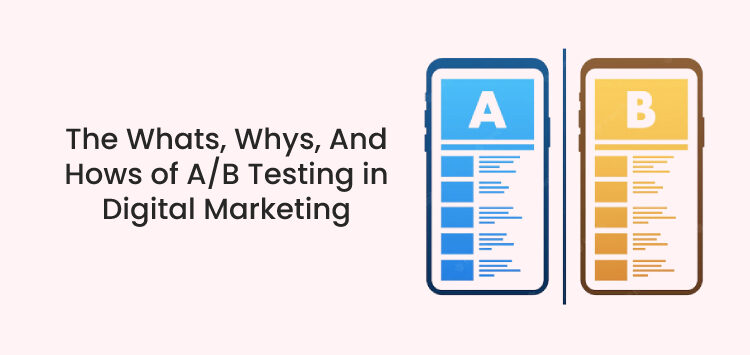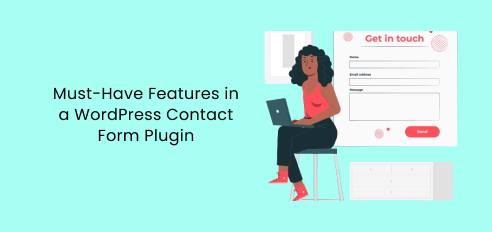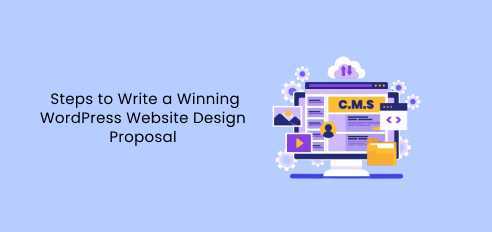A/B testing provides a structure for testing the impact of changes to your digital marketing strategies. Used on an ongoing basis, it can help your business continually refine its approach. This article will outline the whats, whys, and hows of A/B testing to help your digital marketing campaigns.
Are You Making the Best Choices For Your Digital Marketing Campaigns?
Your digital marketing plan may involve website(s), emails, social media, and SMS. There are many choices that underpin each of these: color scheme, the wording of titles, font style and size, the copy itself, and positioning of call-to-action buttons to name but a few.
It can be difficult to know if you’ve made the best choices. They may be based on professional experience, from looking at your competitors or gathering feedback from colleagues or customers. Perhaps you rely on compelling research or useful statistics on effective marketing. Or possibly things are just going well.
The truth is, there is no hard and fast route to digital marketing success. Especially when there are so many different factors involved.
You have the particulars of your market, customers’ habits, and preferences. You have your unique business with its values, reputation, organizational features, and products. Then you have the interaction of all the different individual components of your marketing, creating an overall experience.
There may be good practice, great tips, and perhaps even golden rules. But there will always be immense space for creative divergence (both within and beyond those beliefs).
The fact is, there is probably always something you can do to fine-tune your efforts.
The precise wording of that marketing email may seem trivial. But maybe a small change will improve conversions. And a year later, as new changes occur, different market conditions may make other alterations beneficial.
Image source: optimizely.com
What Is A/B Testing?
A/B testing offers a framework for a more critical investigation of all your digital marketing decisions. It is a way to identify if there is a better way of doing things. It removes any element of guessing and provides concrete data to work from.
It is a simple idea. With A/B testing, you compare two versions of a marketing asset and determine which is the more effective. Version A is your original (the control). Version B is your alternative idea. Implement both options, test them with your customers, and monitor the results.
For example, perhaps you suspect your web page copy is too chunky for visitors. You may be considering using a bullet-pointed list instead. In this case, Version A is your existing one (without bullet points), and Version B is your alternative (with bullet points).
Whichever one wins can be adopted. It is your Version A for the next A/B test. You can repeat the test multiple times with a different Version B to fine-tune your design options.
Image source: adoric.com
What Can You Test with A/B Testing?
Every element of your digital marketing campaign is testable. You can test landing pages, live chat buttons, popups, and various elements of your website. However, focus on those likely to have the most positive impact on your sales funnel.
Concentrate your efforts on web pages or emails that involve the most traffic. That way, you will collect statistically significant results more quickly. It also allows you to make improvements that impact a larger volume of your leads or customers.
Then consider the most significant features. A/B testing works well to test and refine the small details of your marketing. These might include the following:
- Overall design scheme: Could a slightly different use of color improve engagement?
- Headings: Would shorter, stronger headings work? Does the addition of particular keywords make a difference?
- CTA buttons: Could their prominence be improved? What color are they? How big are they? Where are they positioned?
- Offers: What is the impact of offering a discount? Could that offer be presented differently?
- Videos: Do videos improve customer engagement? Do video reviews make a difference?
- Images: Which images have the best impact? Does using more/fewer images impact engagement? Does their size matter?
- Copy: Does altering the tone of your copy help?
- Depth of product description: Does varying the level of product detail change engagement?
- Formatting: Does the font, font size, or including bullet-points matter?
Sometimes you might wish to compare two very different versions of a significant customer journey step. For example, if you are part of an affiliate program, your deal landing pages will be crucial. So you could split-test a radically different version, adopt the champion, and then test further tweaks to optimize it.
You will find many alternative elements to test. The limit will be your time, resources, and imagination. Use your instincts to decide priorities when getting started. Test them, learn from the results, and make more informed testing choices in the future.
Image source: nosto.com
Why Use A/B Testing?
Embedding A/B testing into your digital marketing practices offers several benefits.
- Marketing effectiveness: After each test, you can adopt the most effective approach, optimizing your return on marketing effort.
- Understand your market: Regular A/B testing improves your customer understanding and sharpens your sense of what works.
- Spot changing trends: By keeping your testing cycle going and revisiting aspects, you can stay ahead of changing consumer habits and preferences.
- Harness data: It is a relatively straightforward way to use data to inform your digital marketing and create ever smoother customer journeys.
- Agility: Sense-check and adapt to insights from elsewhere in the business. For example, imagine your product beta testing suggests unexpected features are particularly popular with users; test a Version B of your marketing that emphasizes those features.
- Fosters curiosity: It encourages a spirit of constant reflection: how could your marketing be improved?
Image source: justmind.com
It offers a manageable framework for making more informed marketing decisions. Just as test-driven development strategy helps coders QA their work more nimbly, A/B testing gives marketers the chance to adopt a more efficient approach to their work.
How to Carry Out A/B Testing
Follow these steps to get started with your A/B testing.
- Focus on one feature
Identify what you are investigating and focus on that one element. If you change too much, you risk confusing the results. Multivariate testing (where you test the impact of more than one element simultaneously) is possible, but work up to this.
- Consider metrics
Define what success looks like for that particular test. Success criteria may vary from test to test. Are you looking at the volume of traffic clicking through? Or the ultimate conversion rate? Ensure your testing metrics support your overall business objectives.
Success criteria will typically be about increasing revenue, but there may be other imperatives occasionally. For instance, your business may have organizational or storage goals if you are undergoing legacy system transformation.
- Create your versions
Your version A is the control – what you already have. Version B is the variant – that you are testing. If A/B testing becomes a regular habit, you will need the tools and workflows to facilitate ongoing alterations of this nature.
- Decide a time frame
Your data must be statistically meaningful. That means allowing a long enough time frame to survey a representative sample. Two weeks is generally recommended, but it depends on the traffic. It is worth testing busier areas of your digital marketing where you get more traffic.
Image source: learn.g2.com
- Run your test
Implement the two versions, splitting it so that 50% of your audience sees version A and the other 50% sees version B.
The process is much easier if you are using A/B testing tools. For example, if your SaaS business already values automation testing benefits in your development pipeline, you will not be surprised to learn that automation can be helpful. Fortunately, many tools offer this. You can control the test parameters but let the software do the heavy work.
- Review the data
The highest performing version can then be adopted as the new version A. However, it is always a good idea to ensure someone with good data literacy reviews the results. They can ensure that you are making decisions on a sound basis. For instance, checking to see if your sample size is big enough.
Also, other factors might be distorting your results, e.g., desktop vs. mobile users, customer ages, and organization size. Techniques such as blocking can manage these biases in the future.
- Keep testing
A/B testing works best when it becomes a habit. It’s a bit like an agile test process: an ongoing, live process for your business that’s about responding to change rather than sticking rigidly to a plan.
After testing one element, move on to another. Create a new Version B to pit against your current champion! Keep refining and fine-tuning. And do also go back and check that what worked previously is still the best approach. The market is constantly evolving, and habits are changing.
For example, you may have a strong business proposal, but consider testing different approaches to see if it can be optimized.
Stay Curious!
Through A/B testing, you can adopt a more reflective and data-informed approach to your digital marketing.
It encourages curiosity, builds market awareness, and makes continuous refinement a habit. And, of course, ultimately, it is about building better marketing experiences and conversions. More knowledgeable, skillful teams and higher sales to drive your business forward.
Author’s Bio: Matthew Cooper is the Marketing Automation & Operations Manager at Global App Testing, a best-in-class company that provides testing for software development and has helped top apps such as Facebook, Google, Microsoft, and Craigslist deliver high-quality software at speed all over the world.









